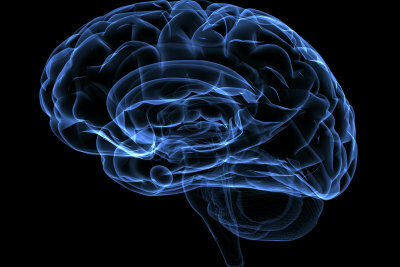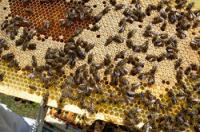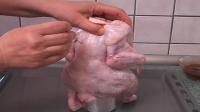Pineal gland and its function
The terms pineal gland and epiphysis are mostly known, but did you know what functions the gland takes on in the human organism? In fact, the exact tasks of the epiphysis are still partly in the dark, even for science.

The pineal gland - location and structure
- The pineal gland is also called the epiphysis or corpus pineale or Called Glandula pineale.
- It lies above the midbrain and is considered by many to be part of the epithalamus, part of the diencephalon. Others are of the opinion that the glandula pineale is an independent structure.
- The epiphysis can reach different sizes. In humans, it is between three by five to five by eight centimeters, i.e. about the size of a pea. The size of the pineal gland varies considerably in the animal kingdom: in birds it can make up ten percent of the brain mass, while other animals seem to have no epiphysis at all.
- The pineal gland is - as the name suggests - a gland, which means that it secretes something, i.e. it releases a substance into the body.
The functions of the epiphysis
The exact tasks and Functions of the pineal gland are not yet fully understood.
Melatonin - naturally promoting the sleep hormone
People with sleep disorders want nothing more than being rested in the ...
- The epiphysis reacts to light and dark stimuli by releasing melatonin. It is believed that the day-night rhythm and the associated body functions are controlled by the epiphysis, among other things.
- Melatonin, for its part, influences the secretion of FSH (folicle-stimulating hormone) and LH (luteinizing hormone), among other things.
- FSH in turn promotes the formation of estrogen in the ovaries and egg division in women, and in men it promotes the development of sperm in the testes.
- LH promotes the maturation of the female egg, ovulation and the associated formation of the corpus luteum from the remaining follicle. In men, the hormone promotes sperm maturation.
How helpful do you find this article?



